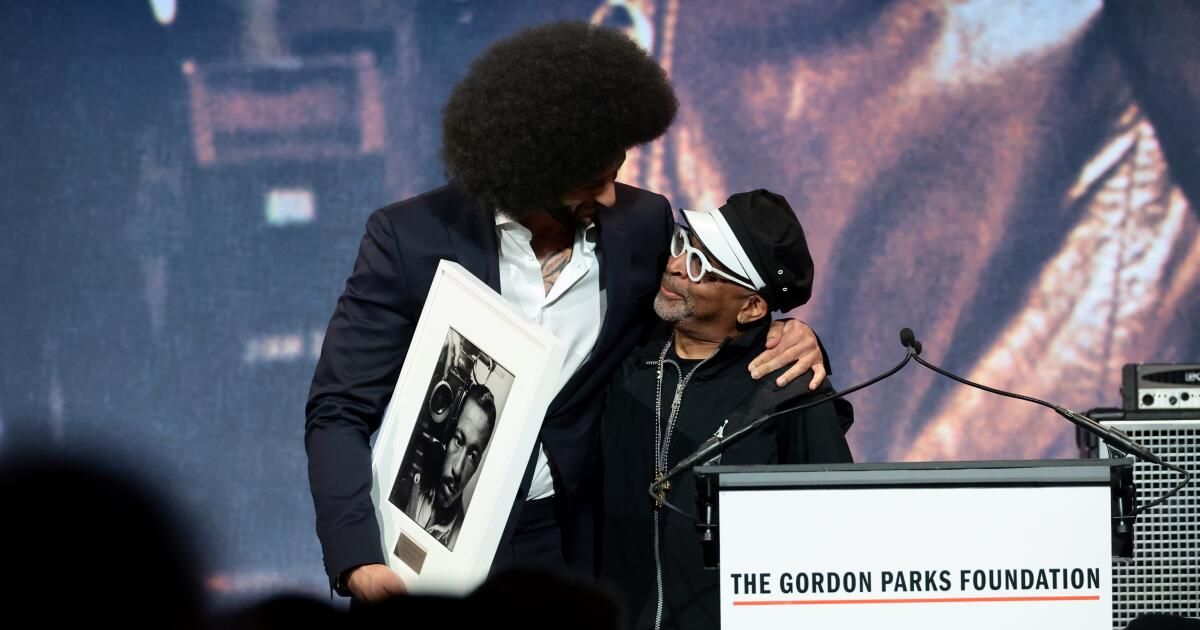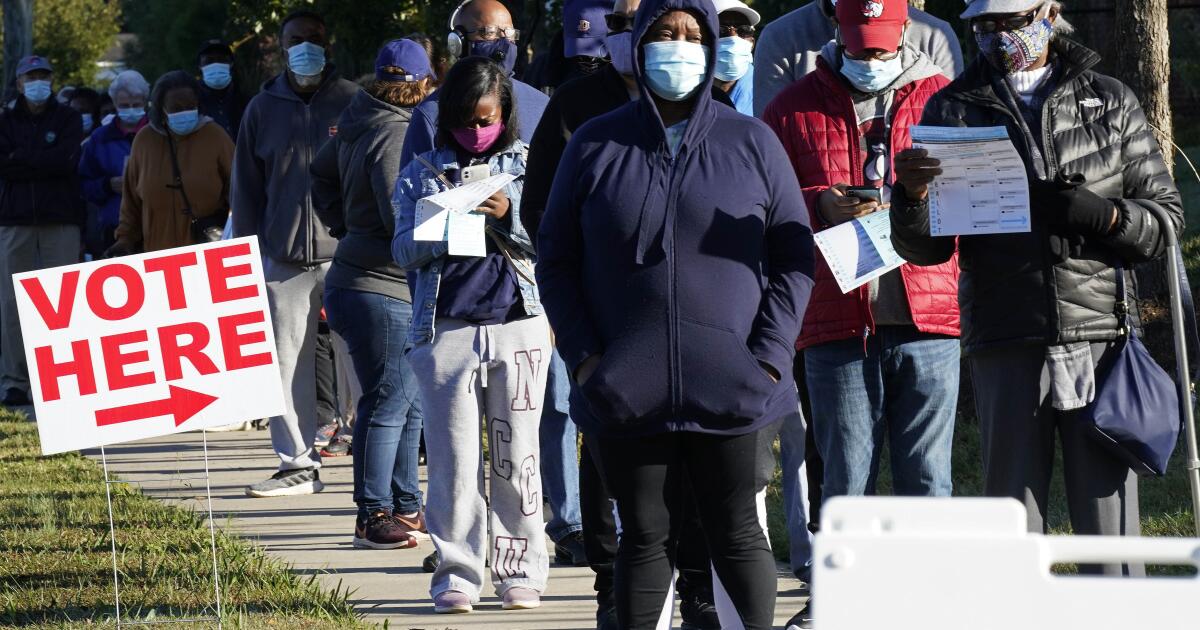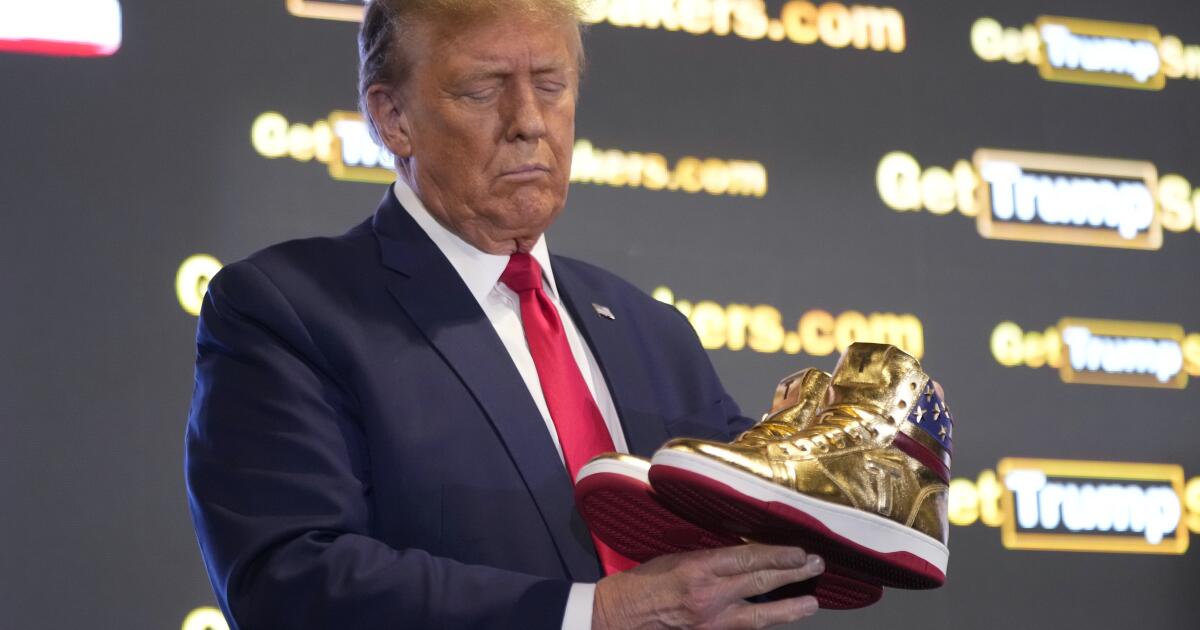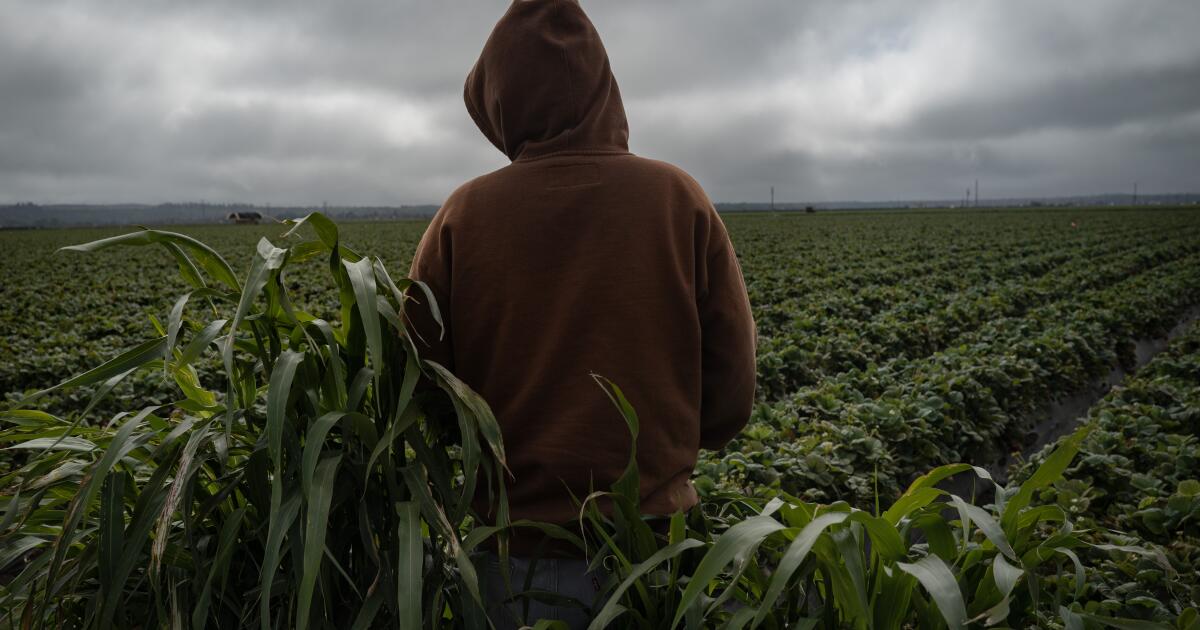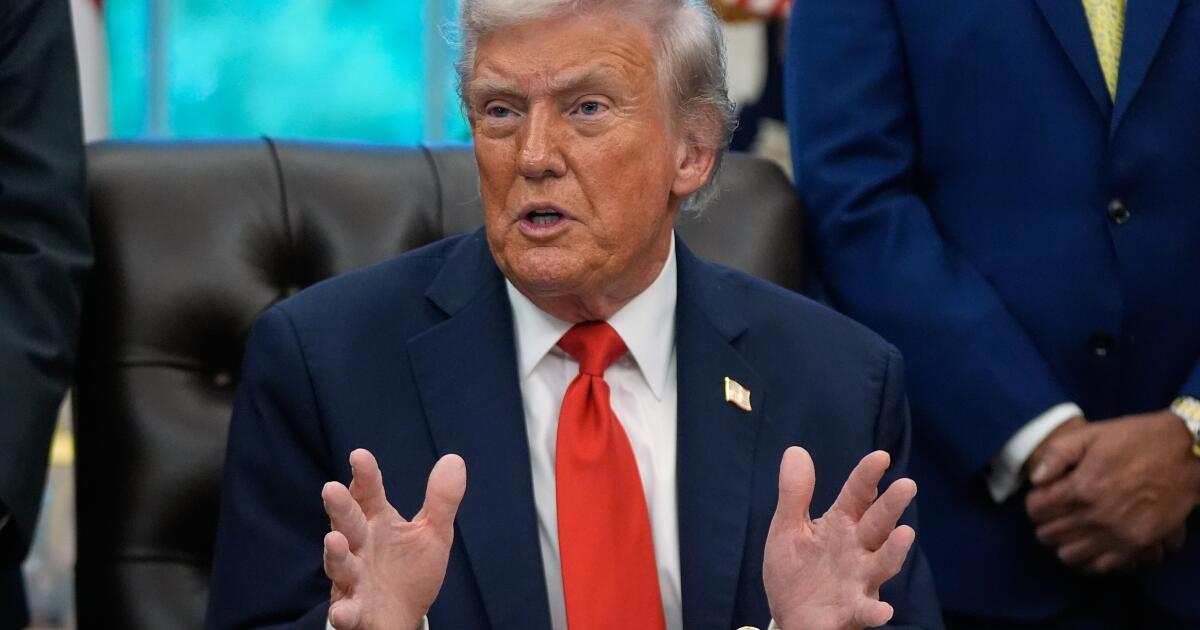27 bullet plots were found in the death scene of Mario Woods in San Francisco in 2015. Armed with a knife And under the influence of methamphetamine, the 26 -year -old black man had ignored several police orders who dropped his weapon before five officers opened fire.
Woods was hit more than 20 times, including twice in the skull and six times in the back. Cell phone images seem to show wood get away from the officers before starting to shoot that December. The researchers would then say that the shooting was excessive, but there were no charges because Woods was a legitimate threat. The police got involved because it was suspected that Woods stabbed someone earlier that day. Even so, the shape of his death looked like a shooting team, caused weeks of outrage in the Bay area. That would include Santa Clara, where the 50th Super Bowl was played at the Levi Stadium, home of the 49ers.
Today, the abbreviation for the history of Colin Kaepernick begins in its 2016 protest during the national anthem, then continues with A collusion complaint against the NFL and a subsequent agreement.
However, it must start before because Kaepernick's protest did not start in a vacuum. Then the field marshal for the San Francisco 49ers, he It began its manifestations In the season after Mario Woods shooting.
And unfortunately, that fatality was not unique.
Between 2013, the year Kapernick took 49ers to Super Bowl, and 2016, 9 of the 11 people killed by the San Francisco Police Department were people of color. After an investigation, the Federal Government finally delivered 272 recommendations to improve.
All this happened in the proverbial backyard of Kaepernick. Some of the protests in response to Woods shooting were at the stadium he called home. This is where his saga began.
And after almost a decade, it seems that this is where it ends.
Earlier this week, director Spike Lee told Reuters that his highly anticipated docuseries based on Kaepernick's activism will not launch due to creative differences. The news was surprising since the two had been working on the project for three years. Kaepernick himself had selected the Oscar winner to direct the ESPN project.
“It's not dating. That's all I can say,” Lee said.
A non -dissemination agreement prevented him from preparing, however, Espn President Jimmy Pitaro later told CNBC That today's political climate did not play a role in the decision to discard the documentary. He also said that ESPN's relationship with the NFL was not a factor, despite the moment and optics.
“Spike was on the red carpet and this question was asked a little out of nowhere and that is why he became news,” Pitaro said. “There were creative differences. We made the association decision with Colin and Spike to not advance, many months before any NFL announcement.”
After speaking outside the registration with several people familiar with the Kaepernick project, I can say that this seems true: creative differences to Pitaro references were evident early. Lee wanted to make a documentary that focused largely on police brutality in the United States, and Kaepernick wanted her to focus more on her experienced experience. Any of the approaches could have done a strong docuseries. However, there were moments during the project when the gap in its visions led to periods of the two not to speak. There were also many notes. Like … a lot.
But here is the thing: they told me that Kaepernick and Lee landed in a version of the project with which both were happy, and that ESPN had permission to broadcast it long before the 2024 elections.
From what I deduce, the creative differences prolonged the completion of the project, and during that additional time, the change in the United States political palate gave a pause of the network. They told me that Lee used several minutes of video of several high -profile police shootings in the series and that contained significant criticism to the Trump's first administration.
After the murder of George Floyd in May 2020, Kaepernick's previous protests against police brutality were probably more favorably seen by more people. Greenlighting to Docuseries about his work in July 2020 was probably comfortable for Pitaro and ESPN. However, transmitting such content today could be angry at a president who addressed Kaepernick, NFL and ESPN before.
How could this not have been a factor in the drain of the project? Not recognizing the shadow of the White House about the media industry in general, and journalism in particular, is simply to illuminate people.
I suppose the “creative differences” did not kill the project, but the delays caused by them gave the network a way to avoid a possible headache. As disappointing that it seems, the reality is that the Super Bowl has been the most watched program in the country every year since the protesters gathered near the Levi Stadium to express their indignation for the death of Woods. And the NFL is still the most popular league in the country.
The decision not to transmit Lee's docuseries in Kaepernick may not be excellent for freedom of expression or expression … but it is certainly excellent for business.
YouTube: @Lzgrandershow

